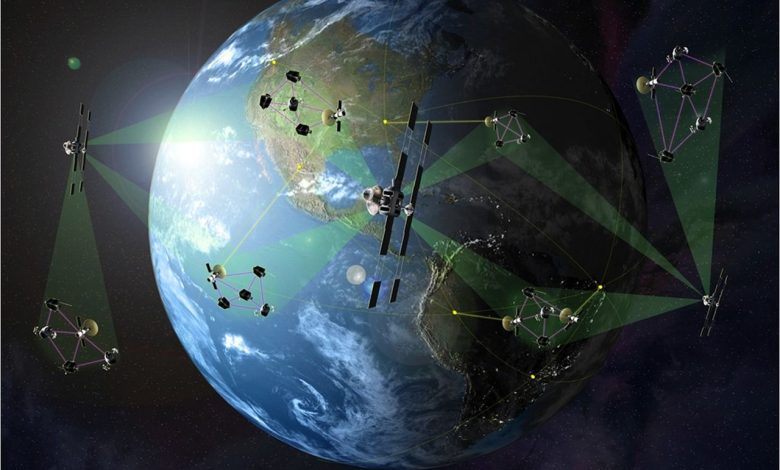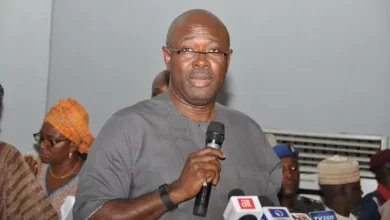Limitations Of GPS Tracking

Global Positioning System, also commonly called as GPS is a navigation system that works with the help of satellites, providing us information on location and time around the globe. In various industries, its application ranges not only to the use of navigation in vehicles but has also extended to other gadgets and equipment over time, from cell phones to wristwatches and from fitness trackers to personal safety trackers on our wrists. But despite its many indispensable uses in modern times, it has not escaped the limitations it brings along, as is the case with all kinds of technology. As reliance on this technology grows around the world, it is of paramount importance that some of the major drawbacks be addressed and discussed. Without denying the fact that it has vastly improved our ability to navigate around, the existence of areas where it needs more attention to enhance safety and accuracy are well grounded. One can only appreciate the pros and cons of GPS technology by taking its limitations into consideration and could thus be able to think of ways to lessen their impact.
One such limitation can be referred to as a technical drawback, which is known as signal blockage caused by physical barriers. Such barriers may include tall buildings, trees, or other atmospheric conditions which cause to obstruct the GPS signals. Another cause of signal blockage is urban canyons, which means the tall buildings and narrow streets in downtown cities prove to be problematic for GPS signals. They create a canyon effect, thus blocking the signals to efficiently reach devices on the ground, which impacts the accuracy of the GPS readings, making them unreliable. The increasing population in urban areas has led to the establishment of dense settlements, which has proved to be an obstacle to precise GPS readings, and hence, inconsistencies in the location data are a common consequence. Such problems posed by urban canyons are expected to increase unless there is a rapid improvement in the design and workability of GPS technology to contest such technical issues.
Another limitation, according to GPSWOX, is the atmospheric interference, which has degraded the accuracy and precision of the GPS technology. This is caused by two sources, which are called as the ionosphere and troposphere. The former is a layer of charged particles in the upper part of the atmosphere, which affects the speed of radio waves, consequently causing delays in the GPS signals. However, the troposphere, on the other hand, is the lower part of the atmosphere made up of water vapor and gases, which has the capability to change not only the speed of signals but also direction through a process called refraction. The delay caused as a result of refraction is usually larger than the one caused by the ionosphere. It is true that these atmospheric effects do not remain constant and instead vary with time and location, but this makes it even harder to recompense. Due to these factors, GPS receivers use different algorithms to counter the atmospheric influence, but that is not enough, and errors can still occur, which can have drastic consequences in fields like aviation and surveying.
Another significant phenomenon that affects the precision of vehicle tracking systems is Multipath interference. This happens when the signals bounce off reflective surfaces of buildings and large metal objects and, as a result, negatively affects vehicle tracking systems. The result is the reflection of GPS signals, which are thus called multipath signals. Their interference with signal receivers happens when they reach the receiver along with the direct signal or at a later time than the one already measured by the receiver. Receivers work with specific frequencies and codes released from the satellites, which help them measure the time, which, as a result of multipath signals, leads to distortion and mistaken calculations of position. Cars, shipping containers, and even large bodies of water can act as reflective surfaces for GPS signals. In the presence of advance algorithms and techniques to reduce the effects of multipath signals. It is still seen as a significant technology test in urban environments.
An environmental limitation is another concern that has affected the reliability of GPS in areas with huge foliage cover and tree presence. A thickly populated area can considerably weaken or even block the GPS system, which makes the receivers vulnerable to determining locations on the basis of a weaker signal, leading to a vast amount of errors. This could be problematic for certain applications that the emergency response teams use for tracking and navigation. Such applications work with precise and continuous data, and even though there have been several potential solutions, but the problem persists, although not frequently.
Last but not least, with the growing and evolving use of GPS technology, it has posed ethical concerns related to the security and privacy of individuals. For instance, Spoofing is taken as a major security threat. It is a technique that is used to deceive a GPS receiver to broadcast fake signals or even mimic legitimate ones, which could lead to manipulating a person’s movement. Its consequences range from mere inconvenience to grave safety concerns. Unauthorized tracking and misuse of location data are other risks and could lead to serious privacy violations. Every other day, we hear stories of companies misusing individual’s location data for targeted advertising without consent, which in turn can also be used by individuals with malicious intent.
Despite the aforementioned issues, research and development is leading the GPS technology towards new solutions. Some of these solutions that aim to address the limitations and contain the challenges include improved satellite technology-assisted GPD (A-GPS), multi-constellation support, and alternative positioning technologies. An improved satellite technology is vital to cope with the atmospheric and physical barriers, resulting in the elimination of weak signals. This is being done by exploring the possibility of using alternative satellite constellations. By using additional data sources, A-GPS has also enhanced the performance of traditional GPS, and we can see that in our smartphones. Multiple constellation systems can also prove to improve precision and accuracy. Europe and Russia have taken a step in this direction by developing their own satellite navigation systems.



